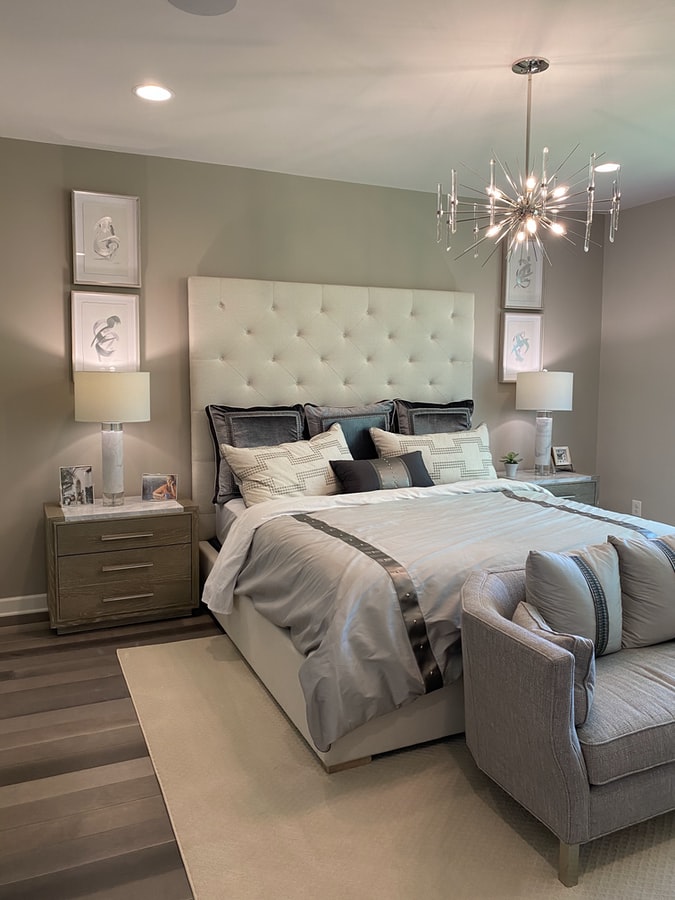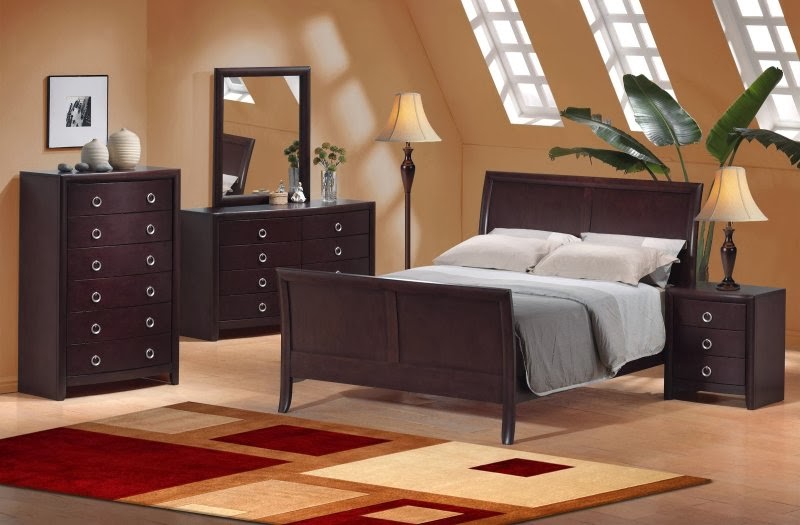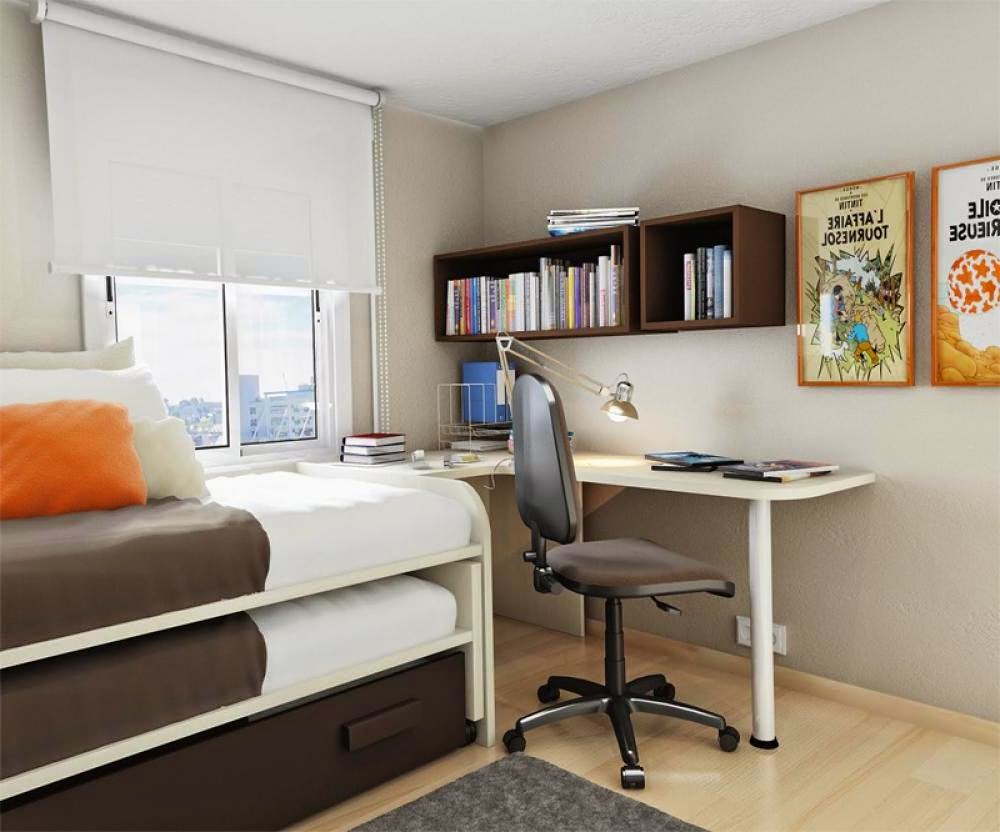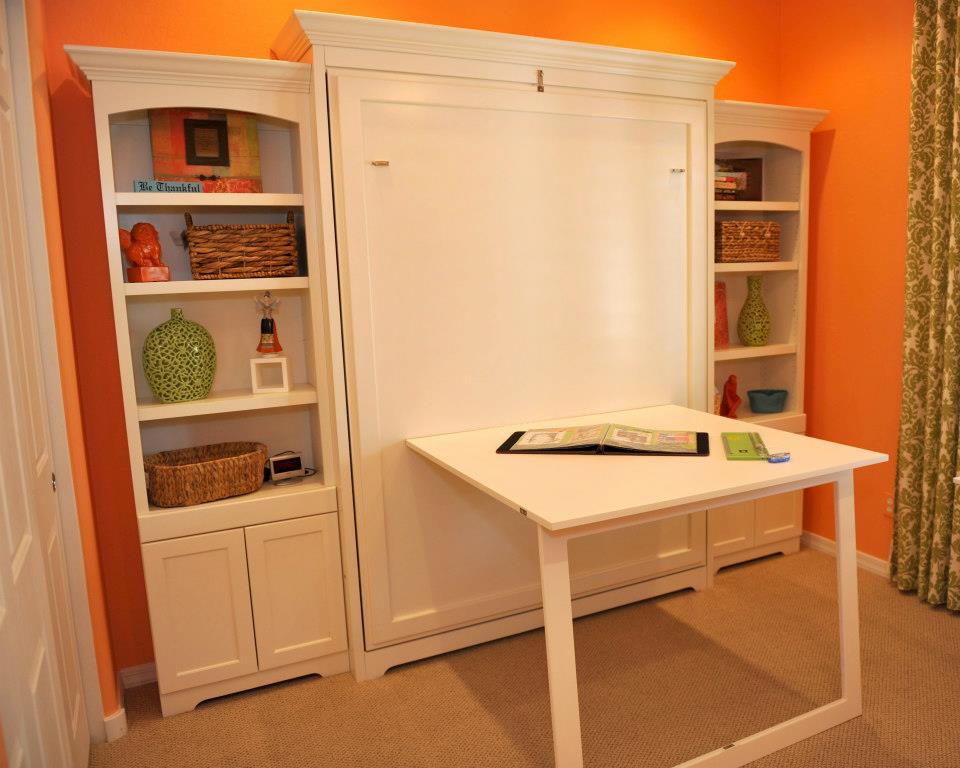Having trouble figuring out how to arrange your bedroom furniture? Look no further! Here are 10 ideas for bedroom furniture placement to help you create the perfect layout for your space.Bedroom Furniture Placement Ideas
Arranging bedroom furniture can be a daunting task, but with a few simple tips, you can easily create a functional and aesthetically pleasing layout. Start by measuring your room and creating a floor plan. This will help you visualize different furniture arrangements and determine the best use of space.How to Arrange Bedroom Furniture
There are many different layouts that can work well for a bedroom, depending on the size and shape of the room. One popular option is to place the bed against the longest wall, with the headboard centered. This creates a focal point and leaves room for other furniture, such as a dresser or nightstands, on either side.Best Bedroom Furniture Layouts
If you have a small bedroom, it's important to make the most of every inch of space. Consider using a bed with built-in storage, such as drawers underneath or a headboard with shelves. This will free up floor space and provide additional storage for clothing or other items.Maximizing Space with Bedroom Furniture Placement
When arranging furniture, it's important to consider the flow of the room. You want to be able to move around freely without any obstacles. Leave enough space between furniture pieces to allow for easy movement and access to drawers and doors.Bedroom Furniture Placement Tips
In addition to the bed, a bedroom usually includes a dresser, nightstands, and possibly a chair or bench. When arranging these pieces, think about how you use the room. If you like to read in bed, place a nightstand with a lamp on the side of the bed. If you get ready for work at your dresser, make sure it's easily accessible from the bed.Creating a Functional Bedroom Furniture Layout
For small bedrooms, it's important to choose furniture that is appropriately sized. Avoid oversized pieces that will overwhelm the space. Instead, opt for smaller dressers and nightstands or consider using a wall-mounted shelf as a nightstand to save floor space.Bedroom Furniture Placement for Small Rooms
The master bedroom is often the largest bedroom in the house, which means you have more options for furniture placement. Consider creating a reading nook in a corner with a comfortable chair and side table. Or, if you have a large enough space, you can add a seating area with a sofa or loveseat.Master Bedroom Furniture Placement Ideas
According to the principles of Feng Shui, the placement of furniture in a bedroom can affect the energy flow and overall harmony in the space. Some Feng Shui guidelines include placing the bed against a solid wall, having equal space on both sides of the bed, and avoiding placing the bed directly in line with the door.Bedroom Furniture Placement for Feng Shui
When arranging bedroom furniture, there are a few do's and don'ts to keep in mind. Do consider the function of the room and how you use the space. Don't overcrowd the room with too much furniture. Do leave enough space for easy movement. Don't block windows with furniture. With these bedroom furniture placement ideas, you can create a comfortable and functional layout for your space. Remember to consider the size and shape of your room, as well as your personal preferences and needs. By following these tips, you can create a bedroom that is both stylish and practical.Bedroom Furniture Placement Do's and Don'ts
The Art of Bedroom Placement: Creating a Harmonious Space

Maximizing Space and Functionality
 When it comes to designing a bedroom, furniture placement plays a crucial role in creating a functional and harmonious space. Not only does it impact the overall aesthetic of the room, but it also affects the flow and functionality of the room. Properly arranging furniture can make a small bedroom feel more spacious and a large bedroom feel more cozy and inviting. With the right placement, you can transform your bedroom into a peaceful sanctuary that promotes relaxation and rejuvenation.
When it comes to designing a bedroom, furniture placement plays a crucial role in creating a functional and harmonious space. Not only does it impact the overall aesthetic of the room, but it also affects the flow and functionality of the room. Properly arranging furniture can make a small bedroom feel more spacious and a large bedroom feel more cozy and inviting. With the right placement, you can transform your bedroom into a peaceful sanctuary that promotes relaxation and rejuvenation.
Consider the Room's Purpose
 Before diving into arranging furniture, it's important to consider the purpose of the room. Is it primarily a place for sleeping or does it serve as a multi-functional space for work and relaxation? Understanding the intended use of the room will help determine the type and placement of furniture. For example, if the bedroom is also used as a workspace, it may be beneficial to place a desk near a window for natural light and a peaceful view.
Before diving into arranging furniture, it's important to consider the purpose of the room. Is it primarily a place for sleeping or does it serve as a multi-functional space for work and relaxation? Understanding the intended use of the room will help determine the type and placement of furniture. For example, if the bedroom is also used as a workspace, it may be beneficial to place a desk near a window for natural light and a peaceful view.
Start with the Bed
Consider Traffic Flow
 To create a functional and efficient space, it's important to consider the flow of traffic in the bedroom. Avoid placing furniture in the direct path of the doorway or in areas that may hinder movement within the room.
Instead, arrange furniture in a way that promotes easy movement and access to the bed, closet, and other essential areas of the room.
This will not only make the room feel more spacious but also prevent any potential accidents or obstructions.
To create a functional and efficient space, it's important to consider the flow of traffic in the bedroom. Avoid placing furniture in the direct path of the doorway or in areas that may hinder movement within the room.
Instead, arrange furniture in a way that promotes easy movement and access to the bed, closet, and other essential areas of the room.
This will not only make the room feel more spacious but also prevent any potential accidents or obstructions.
Balance and Symmetry
 Achieving balance and symmetry in furniture placement can create a sense of harmony in the bedroom. This can be achieved by placing two nightstands on either side of the bed, or two chairs facing each other at the foot of the bed.
Use furniture pieces of similar size and shape to create a symmetrical look, or mix and match different pieces for a more eclectic and unique feel.
Just remember to keep the overall aesthetic of the room in mind to ensure a cohesive and visually appealing space.
Achieving balance and symmetry in furniture placement can create a sense of harmony in the bedroom. This can be achieved by placing two nightstands on either side of the bed, or two chairs facing each other at the foot of the bed.
Use furniture pieces of similar size and shape to create a symmetrical look, or mix and match different pieces for a more eclectic and unique feel.
Just remember to keep the overall aesthetic of the room in mind to ensure a cohesive and visually appealing space.
In Conclusion
 Proper bedroom furniture placement is an essential aspect of creating a harmonious and functional space. By considering the room's purpose, starting with the bed, and keeping traffic flow and balance in mind, you can transform your bedroom into a peaceful sanctuary that promotes rest and relaxation. With these tips in mind, you can create a beautiful and functional space that meets your needs and reflects your personal style.
Proper bedroom furniture placement is an essential aspect of creating a harmonious and functional space. By considering the room's purpose, starting with the bed, and keeping traffic flow and balance in mind, you can transform your bedroom into a peaceful sanctuary that promotes rest and relaxation. With these tips in mind, you can create a beautiful and functional space that meets your needs and reflects your personal style.











/bedroom-fur-rug-blue-bedspread-f5e36d84-0a567ef8963746dbb0d6001f205a1758.jpg)











/GettyImages-962935286-5519bd02933e491b9da22f09a244d6ca.jpg)
:max_bytes(150000):strip_icc()/threearchbayphoto-5e0b2e1a79614d548e3b85acb3525715.jpeg)































:max_bytes(150000):strip_icc()/cdn.cliqueinc.com__cache__posts__196146__bedroom-layouts-196146-1496931646278-main.700x0c-2272a5e9fe114b64b60bcd6bcb9d1212.jpg)




























:max_bytes(150000):strip_icc()/tips-for-a-bed-aligned-with-the-door-1274764_V7-a51033100e99493fa59d12f522411548.png)













